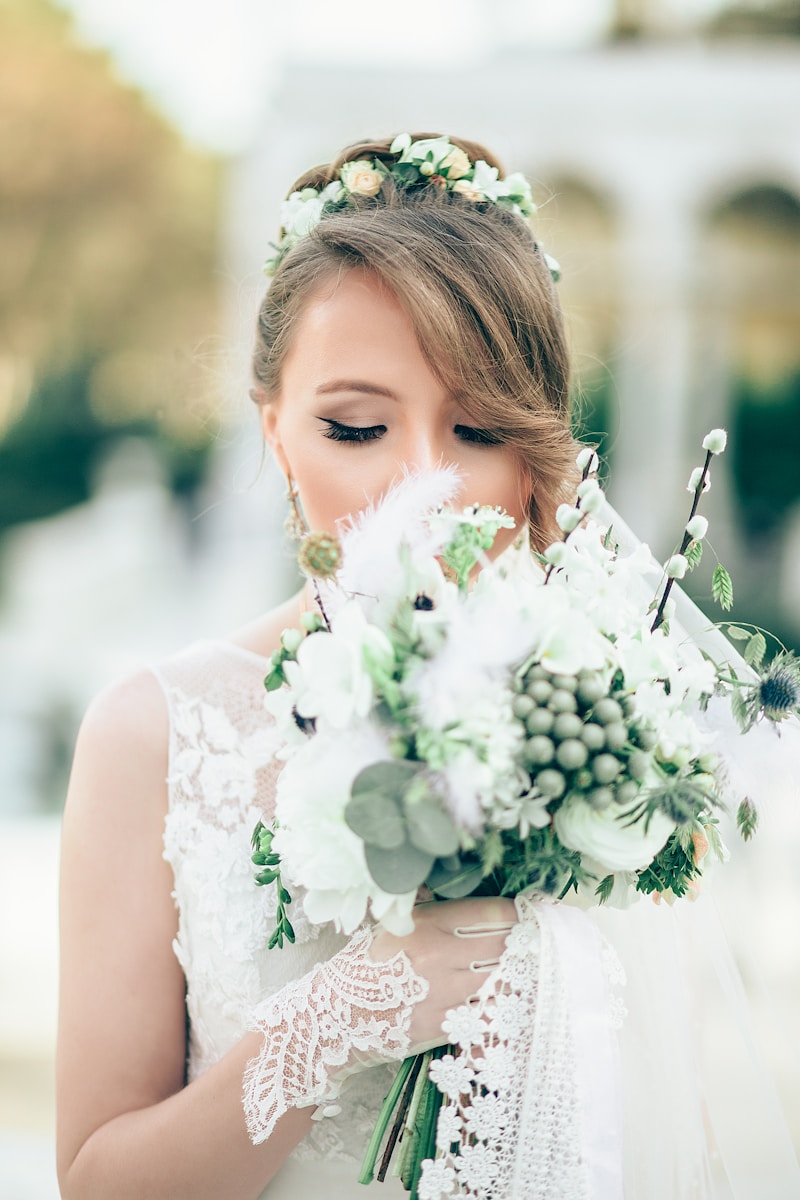Comprehensive Insights into Bridal Alterations: Perfecting Your Wedding Dress
When it comes to planning a wedding, every detail matters, but few aspects are as crucial as your wedding dress. The perfect gown is a manifestation of dreams and expectations, and bridal alterations play a pivotal role in ensuring that your dress fits flawlessly. In this article, we will delve into bridal alterations insights, covering everything from the types of alterations available to tips on choosing the right seamstress, the cost involved, and more.
Understanding Bridal Alterations
Bridal alterations are modifications made to a wedding dress to achieve an ideal fit and style. These changes can enhance the bride’s silhouette, ensure comfort throughout the day, and bring the overall vision of the dress to life. Common alterations include hem adjustments, bodice tweaking, and adding or removing embellishments.
Types of Bridal Alterations
There are several types of alterations that brides commonly request. Understanding these can help you communicate effectively with your seamstress and ensure your vision is realized:
| Type of Alteration | Description | Estimated Cost |
| Hem Adjustment | Shortening or lengthening the dress. | $50 - $150 |
| Bodice Adjustment | Tailoring the bodice for the perfect fit. | $100 - $300 |
| Taking In/Letting Out the Seams | Modifying the seams for a better fit on the sides. | $50 - $100 |
| Sleeve Modifications | Changing the style or fit of the sleeves. | $50 - $200 |
| Adding Embellishments | Incorporating lace, beads, or other decorative elements. | $75 - $250 |
Choosing the Right Seamstress
Selecting a skilled seamstress is vital to achieving the desired results for your bridal alterations. Here are key factors to consider when choosing someone to handle your dress:
1. Experience and Specialization
Look for a seamstress who specializes in bridal wear, as they will be familiar with the intricacies involved in wedding dresses. Check their portfolio to see examples of their previous work.
2. Reviews and Recommendations
Don’t hesitate to ask friends, family, or wedding planners for recommendations. Reading online reviews can also provide insight into the seamstress’s reputation in the industry.
3. Communication
Your seamstress should be someone you can communicate openly with. Make sure they understand your vision and can offer suggestions or alternatives based on their expertise.
4. Cost Transparency
Discuss the pricing structure upfront to avoid any surprises later on. Ensure you understand what is included in the cost of alterations.
Timing Your Alterations
Timing is crucial when it comes to bridal alterations. Ideally, you should start the alteration process at least 2-3 months before your wedding date. This gives the seamstress ample time to make adjustments, and allows for any follow-up fittings that may be necessary. Here’s a basic timeline to consider:
| Time Frame Before Wedding | Action |
| 3 Months | Schedule your first fitting with the seamstress. |
| 2 Months | Have your second fitting; finalize major alterations. |
| 1 Month | Complete any final adjustments. |
| 1 Week | Pick up your dress—do a final try-on! |
Cost of Bridal Alterations
The cost of bridal alterations can vary widely based on the type of work needed and the location of the seamstress. Here’s a breakdown to give you perspective on potential expenses involved:
- Simple hems: $50 - $150
- Bodice adjustments: $100 - $300
- Adding a bustle: $50 - $200 (this allows the train to be pinned up for dancing)
- Addition of cups or lining: $50 - $150
- Full gown restructuring: $300 and up
It is essential to keep in mind that investing in alterations is crucial for ensuring the gown matches your style and fits perfectly. Do not shy away from allocating a reasonable part of your wedding budget towards this vital aspect.
Bridal Alterations for Different Body Types
Every bride is unique, and one of the significant benefits of bridal alterations is that they cater to diverse body types. Here’s how alterations can enhance fit based on different shapes:
A-Line Dresses
If you have an hourglass or pear-shaped figure, an A-line dress is flattering, and simple alterations can accentuate your waist, creating a stunning silhouette.
Mermaid and Trumpet Styles
These styles hug the body and flare at the knees, so it’s essential for the seamstress to tailor them to the bride’s specific measurements, ensuring comfort and ease of movement throughout the day.
Ball Gown
A ball gown may require significant adjustments to achieve a perfect fit, focusing on the bodice and ensuring the skirt layers fall correctly.

Final Considerations
When planning your bridal alterations, it’s easy to overlook crucial details amidst all the wedding planning chaos. Here are key takeaways to ensure a seamless experience:
- Do your research: Understand what types of alterations you may need based on the dress style and your body type.
- Book fittings early: Secure your seamstress appointment well in advance.
- Try on your dress with the proper undergarments: This will give your seamstress the most accurate picture of how the alterations will look.
- Communicate your vision clearly: Use visuals like photos to depict what you want.
- Don't rush the process: Allow ample time for fittings; patience is key in achieving your dream gown.
Conclusion
Bridal alterations are a critical part of wedding planning, ensuring that your dress not only looks stunning but fits beautifully. With these insights into types of alterations, how to choose a seamstress, timelines, and costs, you’ll be well-equipped to navigate the process with ease. Remember, a perfect dress can transform your confidence and enhance the joy of your special day. Prioritize this essential step and embrace the journey toward walking down the aisle in a gown that is uniquely yours.
In summary, bridal alterations insights can pave the way for a flawless wedding day look. As you embark on this exciting journey, keep the recommendations provided in mind, and you’ll be sure to make the most of your bridal experience.